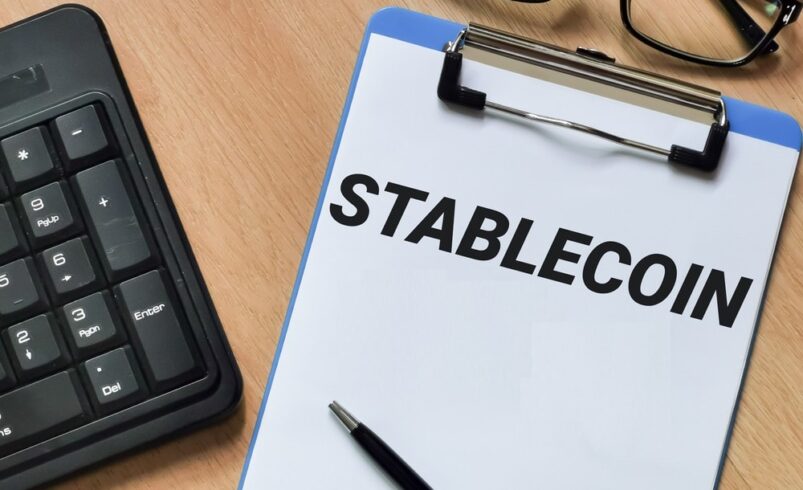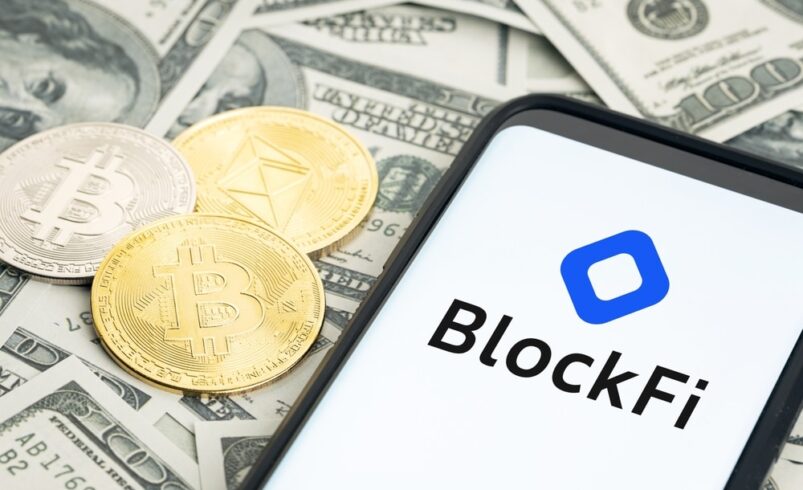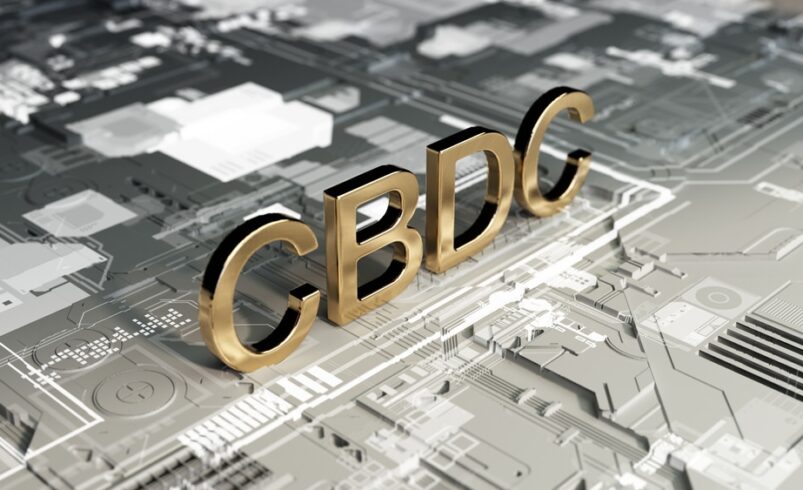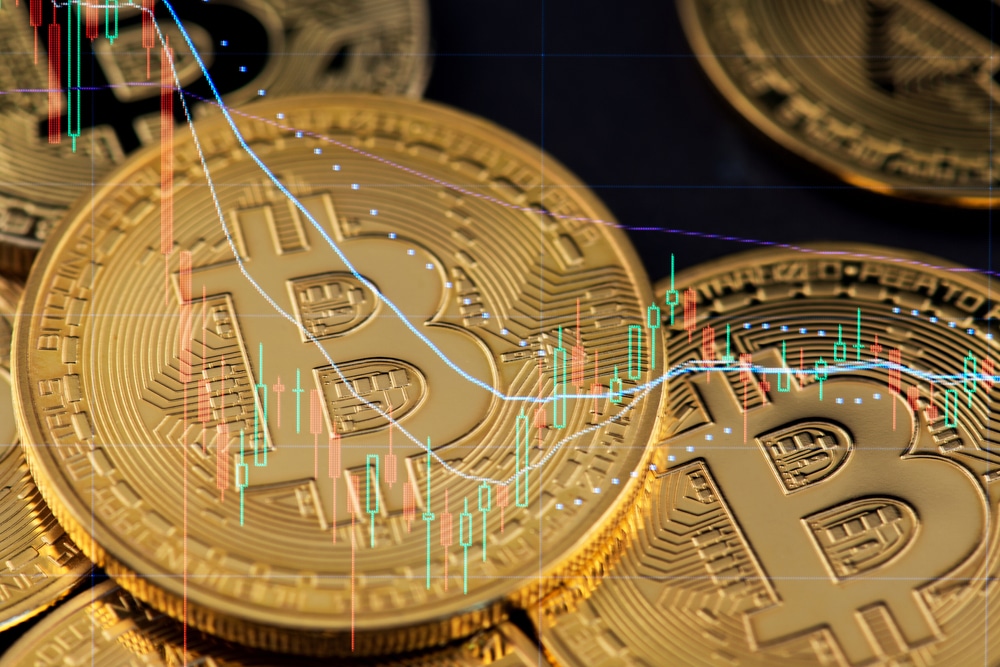Exploring Stablecoins – Essential Facts and Insights Revealed

Stablecoins are digital currencies whose value is anchored to a specific commodity, currency, or financial instrument. Unlike highly fluctuating cryptocurrencies such as Bitcoin, stablecoins offer a more consistent value.
Stablecoins serve as a bridge, connecting the worlds of cryptocurrencies and traditional fiat currencies.
For decentralized cross-border lending, stablecoins provide a safe online platform for peer-to-peer transactions. They eliminate the need to use fluctuating cryptocurrencies or convert funds into local currencies.
The Inception of Stablecoins: BitUSD
Launched on the BitShares blockchain in 2014, BitUSD holds the distinction of being the inaugural stablecoin. Charles Hoskinson and Dan Larimer are credited with its creation. BitUSD operated using BTS, BitShares’ primary token and was backed by various cryptocurrencies. Each of these was secured in a smart contract, acting as collateral.
Key Categories of Stablecoins
Fiat-collateralized: These stablecoins are backed by a reserve of fiat currencies, ensuring their value. While some might use commodities like gold, silver, or crude oil as collateral, most are pegged to the U.S. dollar. Independent entities oversee these reserves and undergo periodic audits.
Crypto-collateralized: These stablecoins derive their value from other cryptocurrencies. Due to the potential volatility of the backing cryptocurrency, these stablecoins are overcollateralized. This means the backing cryptocurrency’s value exceeds the value of the stablecoins issued.
Algorithmic: The value of these stablecoins may or may not be supported by reserve assets. Their stability is achieved by adjusting their supply using a specific algorithm or computer program.
Commodity-backed: These stablecoins are backed by tangible assets, predominantly precious metals like gold. A third party typically stores the collateral securely, and holders can exchange the coin for the underlying commodity.
Understanding Stablecoins
While stablecoins function on platforms like Ethereum, they aren’t governed by bodies like the U.S. Federal Reserve. Yet, if a stablecoin is linked to the U.S. dollar, Federal Reserve decisions, including interest rate changes, might impact its worth. Likewise, a drop in the dollar’s strength can sway stablecoins anchored to it. The reliability and credibility of a stablecoin predominantly depends on the management of its backing assets.
The Significance of Stablecoins
Although Bitcoin is a highly desired cryptocurrency, its price can vary greatly. Such volatility might be advantageous for traders but can be problematic for regular buyers and sellers. Sellers might hesitate to accept a currency that can quickly lose value. For any currency to serve efficiently as a means of trade, even without legal status, it should hold its worth in short time frames. Stablecoins provide solutions by ensuring mechanisms to sustain the cryptocurrency’s value.
Prominent Stablecoins in the Market
The following are some notable stablecoins:
Tether
Introduced in 2014, Tether (USDT) is one of the pioneering stablecoins and has consistently maintained its prominence. In terms of market capitalization, it holds significant value in the crypto world.
Binance USD (BUSD)
In market capitalization rankings, BUSD stands as the third-largest stablecoin. It is directly pegged to the U.S. dollar and is reportedly backed by an equivalent amount of U.S. dollars and treasury bills.
USD Coin
Launched in 2018 by Circle and Coinbase through the Centre Consortium, the USD Coin was initially pegged to the U.S. dollar before transitioning to a diversified collateral structure.
TrueUSD (TUSD)
Ranked fifth in market capitalization, TUSD is recognized as the inaugural regulated stablecoin backed by the U.S. dollar, as stated by its parent entity, TrustToken.
Dai
Established in 2015, Dai operates on the Ethereum blockchain using the MakerDAO protocol. It is a decentralized stablecoin pegged to the U.S. dollar.
Underlying Assets for Stablecoins
Stablecoins are supported by various asset types, such as:
Fiat Currency
The U.S. dollar is the most common fiat collateral, though there is growing interest in diversifying to other currencies.
Cryptocurrencies
Some stablecoins are backed by other cryptocurrencies, with Ether being a notable example.
Precious Metals
Numerous stablecoins derive value from precious metals like gold and silver.
Applications of Stablecoins
Stablecoins serve multiple purposes:
Stability
While cryptocurrencies like Bitcoin and Ethereum exhibit significant price volatility, stablecoins, anchored to reliable currencies, offer users a sense of security against abrupt value changes.
Convenient Transactions
Stablecoins can be easily held without a bank account and transferred, even to regions where access to the U.S. dollar is limited or local currencies are unstable.
Attractive Returns
Holding stablecoins can yield interest rates that surpass those of traditional banks.
Global Acceptance
Many financial entities view stablecoins as a reliable option for international transactions due to their swift processing and minimal transaction fees.
Potential Risks with Stablecoins
Despite their perceived safety, stablecoins come with inherent risks:
Security Concerns
Like other cryptocurrencies, stablecoins must be stored in digital wallets, exchanges, or brokers. This storage can be susceptible to security vulnerabilities.
Reserve Challenges
The reserves underpinning a stablecoin’s value are crucial. These reserves are necessary for the issuer to maintain the coin’s value.
Trust Issues
If a stablecoin lacks backing from tangible assets, it risks losing its peg to its target currency. This was the case with TerraUSD in May 2022, which saw a decline in value due to diminished trader confidence.
Future Prospects
Stablecoins operate through algorithms rather than centralized entities. Their attributes mirror those of fiat currencies. Their inherent stability might pave the way for more widespread digital asset adoption. However, potential regulatory challenges loom.
Stablecoins have the potential to revolutionize payment systems. By maintaining stability and earning public trust, they could redefine the use of digital assets in finance. Yet, their associated risks mean their future impact remains uncertain. Investment decisions regarding stablecoins should be made after carefully considering their advantages and drawbacks.
DISCLAIMER: It's essential to understand that the content on this page is not meant to serve as, nor should it be construed as, advice in legal, tax, investment, financial, or any other professional context. You should only invest an amount that you are prepared to lose, and it's advisable to consult with an independent financial expert if you're uncertain. For additional details, please review the terms of service, as well as the help and support sections offered by the provider or promoter. While our website strives for precise and impartial journalism, please be aware that market conditions can shift unexpectedly and some (not all) of the posts on this website are paid or sponsored posts.









